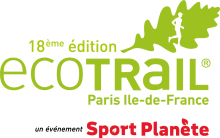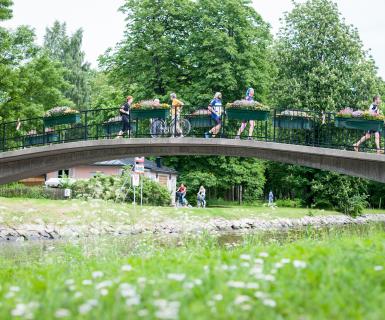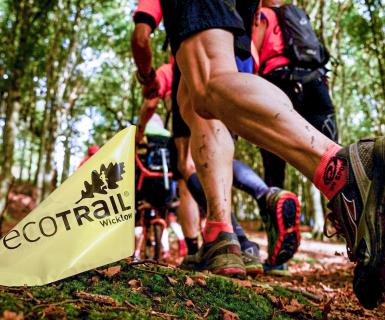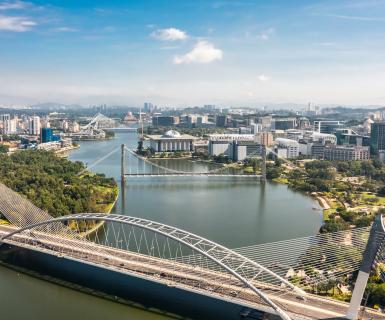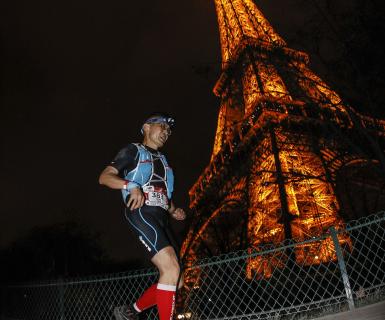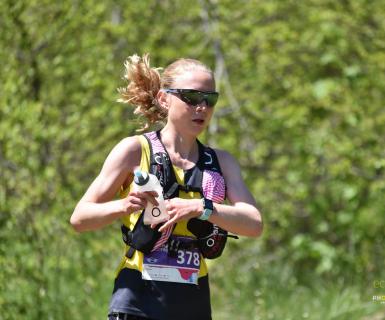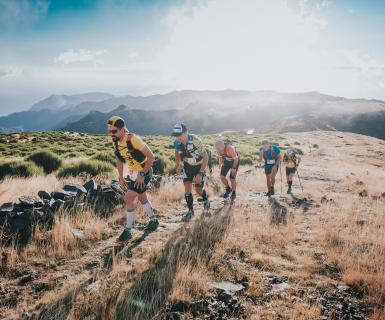THE COURSE
Trail running comes to city!
Here are some key parts along the route of Ecotrail Oslo:
HOLMENKOLLBAKKEN. Oslo is not known for skyscrapers. But we do have a ski jumping hill! Holmenkollbakken, it is. Norway's biggest tourist attraction, and probably the world's most famous ski jumping hill. It is also the oldest one still in use. It has a capacaity of 70 000 spectators. The hill/construction has been rebuilt 19 times since 1892 – the last time for the World Cup in 2011. The budget broke by 4400 percent and ended at just under 2 billion Norwegian Kroner. Just for your information. The current construction is designed by Belgian-Danish JDS Architects. But did you know that it is possible to rent an apartment at the top? Our trail for 80 and 50 km goes around the pit and right below the tower.
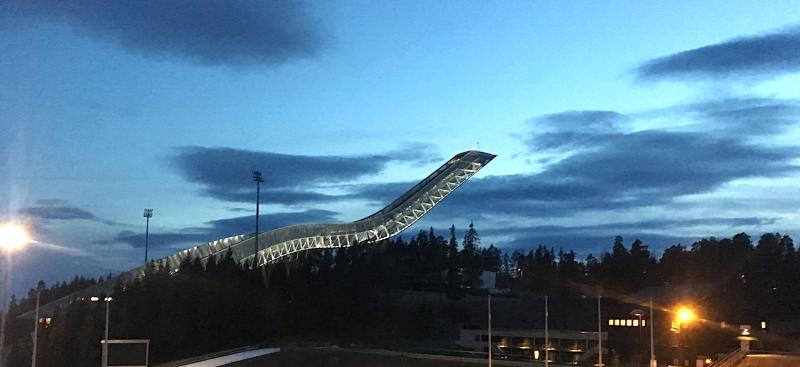
(Photo: Marit Karlsen)
VÆKERØPARKEN. This area was built as an English, 17th-century romantic landscaped park. It is one of the few of its kind in Norway and is of national value as a cultural heritage. The park is well preserved and has many of the original elements intact. A mixture of cultivated and wild nature, which is characteristic for these parks. And this one has an extra touch because it is located on the seafront. It is owned and maintained by Norsk Hydro. Our 10 km race begins here, and all the other distances can mark their last 10k here towards the finish line.
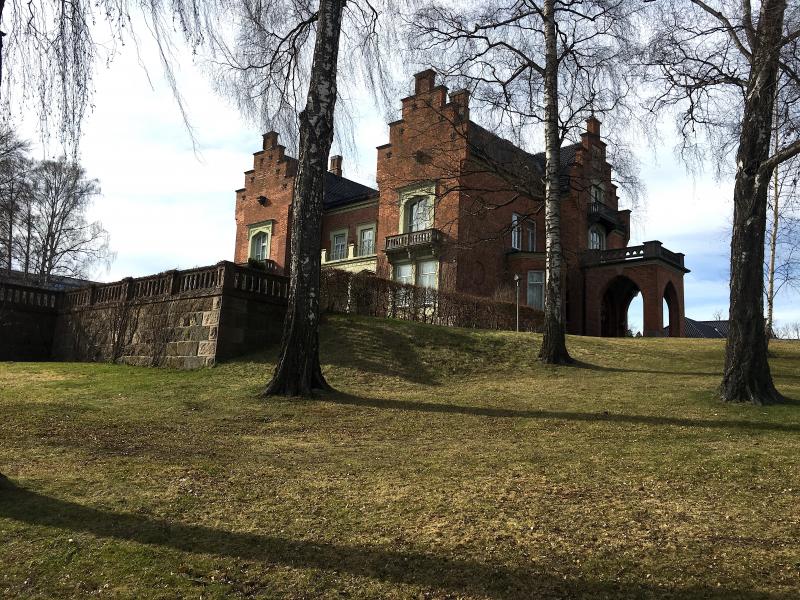
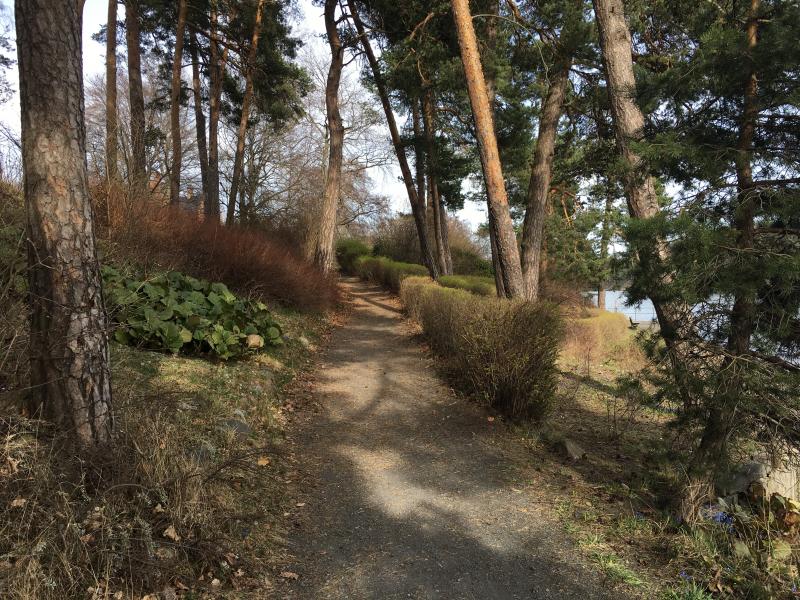
(Photo: Marit Karlsen)
VETTAKOLLEN. Provides some of the best views of Oslo. Located just minutes from the closest metro stop Vettakollen station, this is one of the most accessible hikes from downtown. This hill is a new part of the 80 km course, as of 2018, and will give the runners a panaroma view. A photographer will stand here during the race.
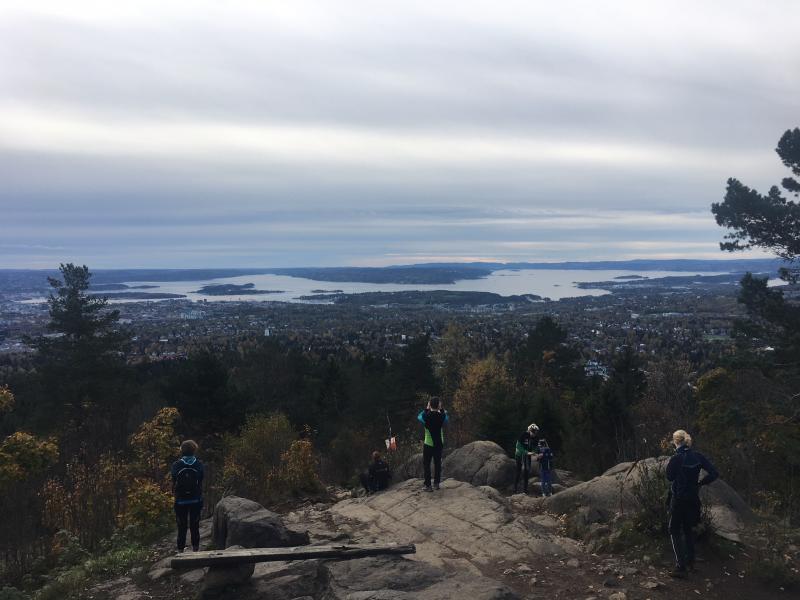
(Photo: Marit Karlsen)
BOGSTADVANNET. All races except of 10 km will experience this peaceful lake. Listen to the nature!
LYSAKER RIVER. All races except the 10 km go by this river. The river is 7.4 kilometres, with a total fall of 145 metres. The river has been used for mills since the 12th century, probably earlier. It includes several smaller rapids and waterfalls. The area around the river has been developed as a recreational area, and a footpath follows the entire length on both sides of the river, which flows out in the Oslofjord.
The banks of the river include a wide variety of plant life. A study recommends that the area be designed a "very important" natural resource, with most areas set aside as a natural reservation. The area around the river contains a rich diversity of plant and animal species, including 27 that are on the national IUCN Red List. A good variety of fish thrive in the river, and limited recreational fishing is permitted, particularly for trout. 68 different species of birds, also redlisted, have been identified, and the area is considered an essential habitat for passerine birds in the metropolitan Oslo area.The area serves as a wildlife for mammals from the forests to the coastal regions, including moose and deer, who also graze there. Squirrels, red fox, badgers and other smaller rodents make their homes in the area. The terrain and scenery is quite varied along the footpaths, ranging from significant hills to flat and undulating stretches. Some of the rapids are strong enough that the river is used for kayak training; other places swimming has become popular.
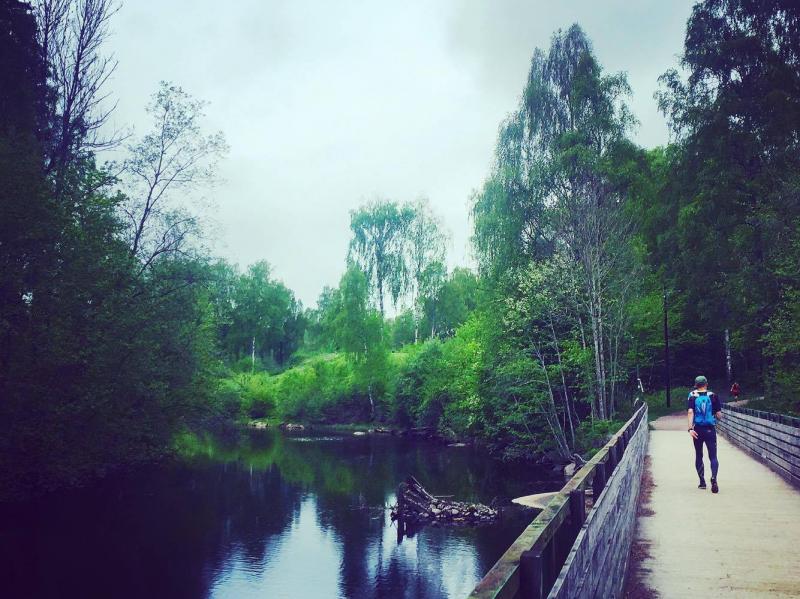
(Photo: Carolina Nistico)
THE OPERA. Oslo's most visited tourist destination since 2009. All performances are sold out, but many are also just attracted to the buidling and want to have a walk on the roof. Norwegian Snøhetta Architects has received a number of international awards for this unique building, which is also a great experience inside. Ecotrail Oslo participants can relax in the finisher area and enjoy the view of this magnificent buidling that doves into the fjord. This photo was taken in February two years ago, then it was possible to walk straight over ...#oslove.
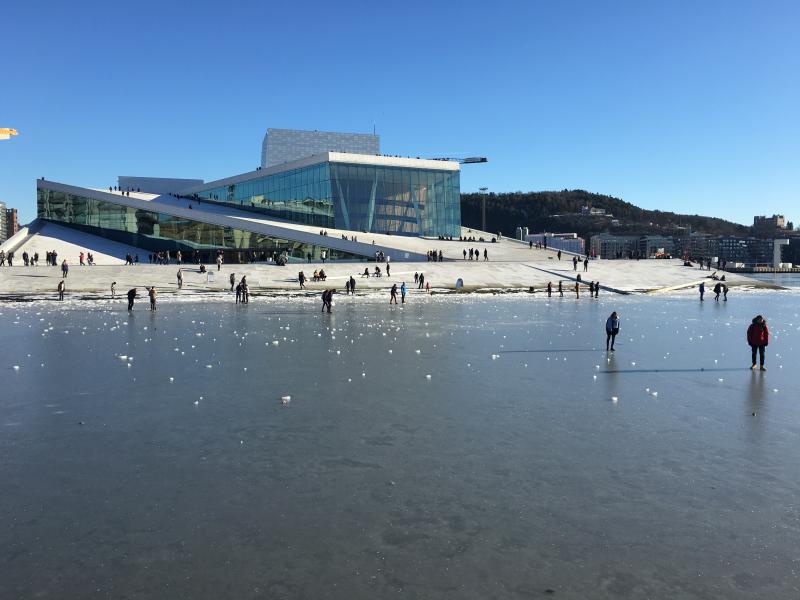
(Photo: Marit Karlsen)
Lot more to come. So please do come back.

